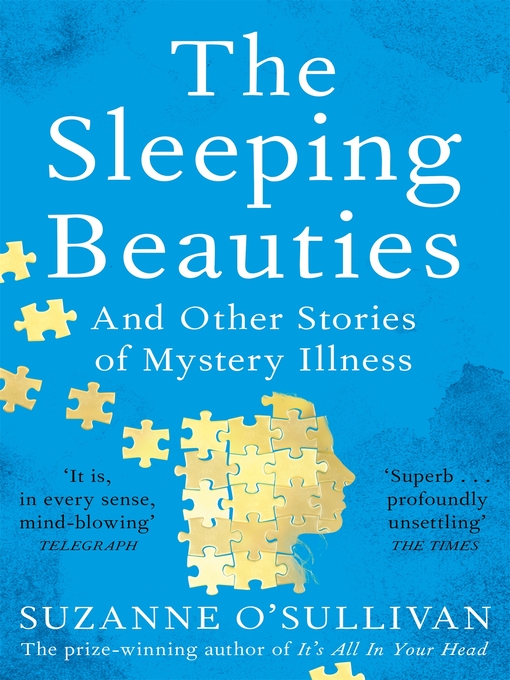It is much more important to know what sort of a patient has a disease, than what sort of disease a patient has. William Osler
Suzanne O'Sullivan is a neurologist, who looks after people with brain diseases. She is also fascinated by psychosomatic disorders - seizures, paralysis, blindness - disabilities that originate more in the mind than in the structure of the brain. Hysteria by another name. Medical conditions that people find so shameful that they often exist below the radar. Or they are given labels that make them more acceptable or more difficult to spot. Some believe that hysteria is rare. Any neurologist will tell you it isn't. They see a form of it in every clinic, on every working day. For those like O'Sullivan, who are drawn to it, sightings are not restricted to the clinic. It is everywhere. And this is how she learned about Andrei, and the 424 other children in Sweden like him, children who have fallen into a state of apathy, a waking coma, some for months, some for years. But why?
The Sleeping Beauties is the story of these children in Sweden but it is also an exploration of different aspects of psychosomatic disorders, mass hysteria, culture bound syndromes and the idioms of distress. Culture bound syndromes are a set of symptoms that exist only within a particular society. Windigo is a condition that affects Native Americans. It manifests as a fear that the sufferer has turned into a cannibal. Koro, an intense anxiety that the penis will recede into the body, is seen almost exclusively in Malaysia. Susto is prevalent in Latinos who live in the States. Triggered by traumatic events the symptoms include anorexia, nervousness, insomnia and diarrhea. There are over two hundred culture bound syndromes. They are listed in the Diagnostic and Statistical Manual of Mental Disorders as rare psychiatric conditions. However within the societies in which they exist they are more likely to be regarded as folk illnesses. They are culturally acceptable ways to express distress. Two questions arise. Who defines psychiatric illness and what shapes the manner in which distress is communicated within a society?
Reminiscent of the work of Oliver Sacks, Stephen Grosz and Henry Marsh, this is a remarkable scientific investigation with a very human face.
- Comics and Graphic Novels
- New eBook additions
- Available now
- New kids additions
- The Art of the Short Story
- New teen additions
- Get Creative With Design & Photography
- Most popular
- Try something different
- Anzac Day: We Will Remember Them
- Very Short Introductions
- Captain Marvel, The Avengers and More - Marvel Comics Now Available
- See all
- Award Winning Audiobooks
- Recent Biographies & Autobiographies
- Available now
- Librarian's Choice
- New audiobook additions
- Self Help Audiobooks
- New kids additions
- Audiobooks for Road Trips
- New teen additions
- Most popular
- Try something different
- See all

